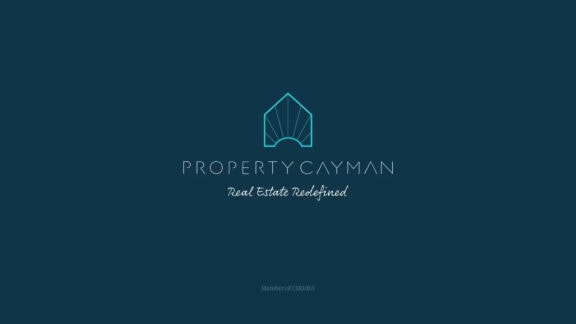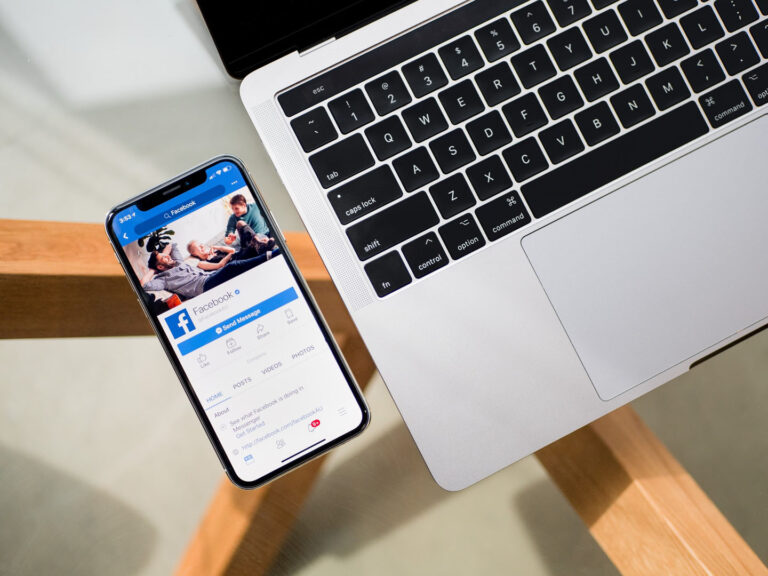
How to run Facebook & Instagram (Meta) ads

Facebook and Instagram ads can be a great way to get your business or products in front of people. They’re easy to set up and affordable, and you can easily track how well they’re working. So if you’ve ever wondered how to run Facebook or Instagram ads—or just want some tips on how to do them better—keep reading.
Start with a business objective
Before you even think about creating an ad through Meta, you must have a clear business objective. It should be specific, measurable, achievable, realistic and timely. You guessed it; it should be a SMART goal! For example:
- You want to increase sales of your product by 10% within 90 days.
- You want to grow online orders by 50% over the next three months.
- You want to sell 25 coffee makers in the next month
Having a SMART goal means you can easily track the success of your ads and calculate ROI. If you don’t hold yourself and your ads accountable, you can quickly burn through your budgets with little to no results.
Choose your type of campaign
Once you’ve determined your objectives, you can set up a campaign in Meta. There are three main types of ads, which track to one of three types of objectives:
- Brand awareness campaigns raise awareness of your brand. These campaigns should be run over a long period of time, aiming to increase recall of your brand or ads and generate retargeting audiences. You don’t typically expect customers to convert at this stage, as they are at the top of the funnel.
- Consideration campaigns (for example, a traffic campaign) drive users to a website or platform to learn more about your brand or product. You can retarget audiences who have interacted with your ads, website, or brand. In this way, you are talking to people who are already warm to your brand.
- Decision ads are bottom-of-the-funnel ads aimed at closing the deal. You can create online or in-store conversion ads – both push audiences already warm to a product, idea, or service to buy that product from you.
There’s another type of ad you can run called a Promoted post. These are boosted from your Facebook page onto someone else’s news feed as an ad.
We typically recommend you do this inside Meta Ads Manager using an ‘engagement’ objective in a consideration campaign rather than just boosting without ads manager. Why? You get so many more insights and data if you use Meta Ads Manager! The result is the same, but the data you gather can help you plan your next campaign and be strategic about your spending.
How to name your campaign
So, you’ve got an objective; it’s time to name your campaign.
People often play fast and loose with naming their ad campaigns, but this part is pretty important to carry out logically – how you name a campaign will impact how easy it is to find and report on later.
Always ensure the name is relevant to the advertised product or service, your target audience, and the objective. For example, if you are running a Consideration campaign trying to get engagement in the Cayman Islands from people aged 40-55 who have visited your website in the last 30 days, the name should be something like:
Brand Awareness (Engagement) – KY 40-55 – Website Last 30 Days
Your campaign should follow this format, but so should your ad group and ads, adding in what distinguishes the ad groups. For example, if you have an ad group for the above campaign selling coffee makers, the name of the ad group should be:
Brand Awareness (Engagement) – KY 40-55 – Website Last 30 Days – CoffeeMaker
Why be so specific? Well, you’ll typically want to run tens, if not hundreds, of different ads within several campaigns. For reporting and your sanity, logically naming campaigns, ad groups, and ads can help you keep track of analytics. The faster and easier you can analyse the data, the easier it is to decide where to spend your budget next.
What is a reasonable ad budget?
The next step when you’re creating a campaign is setting a budget. You can choose from a daily spend or a lifetime budget – each has its advantages, but typically, you’ll see most ad managers use a daily spend.. Daily spending tends to have more even pacing and is a great budget type to start with.
When you’re deciding on how much money to spend, consider these factors:
- How much do you want to make?
- How many people do you want to reach?
- What market share are you aiming for, and in what market? How big is that market?
- What’s your goal for each ad set? Do you want more clicks or conversions?
- How long do you want to run these for?
To be real for a second – you can’t just throw money at Facebook ads and expect them to work magically.
New brands are often tempted to throw money into ads and hope something sells. This type of wish marketing is a great way to waste your time and budget.
Using a smaller budget methodically and scaling upwards is a far better use of your time and marketing dollars because when you eventually spend big, you know exactly what return you’re getting.
How to define your audience
Now that you’ve taken the time to understand your budget, it’s time to use Meta’s audience targeting options to target your future customers.
Audience targeting is a way for advertisers to define their target audience based on customisations such as demographics, interests, behaviours, and more.
The easiest way is to create a buyer persona or two for your ideal customers. These fictional representations of real people will help guide your targeting and messaging.
Once you’ve defined who you want to reach, you can select demographics and interests that match these people in Meta.
To use audience targeting effectively, use Facebook’s Audience Insights tool (located under the “Audiences” tab). This tool gives insight into what people say about your brand online to understand better what they may be searching and browsing for.
When you’re ready and confident your targeting is working, you can eventually create lookalike audiences. Meta works out that these audiences are similar to those you already have (like people who have clicked on an ad or purchased something from you) and are, therefore, more likely to convert or engage with you.
What’s in a compelling ad?
Finally, we can create an ad. But what goes into an ad? You’ll need
- A compelling image or video
- Engaging copy
- A call to action
- (recommended) A landing page to link to
With these three components, you can go the extra mile by:
- Offering something of value, like an exclusive discount or promotion
- Using an eye-catching headline that cuts straight to the point of what you do and why people should care about you and your business. Remember to make the customer the ‘hero’ of your story and to talk to their needs.
Tracking the results
Before you hit publish on your campaign, there are two things you need to do:
- Install a Facebook Pixel on your website. This will allow you to track which ads result in sales and generate retargeting audiences.
- Create UTM tracking links on your ads. These will allow you to track where people are looking on your site through Google Analytics.
Meta ads are an incredibly effective way to advertise your business or products. You can target the right audience and boost your reach, which means you’re only paying for people with a high chance of becoming customers. With the right process and correct funnel, you can reduce costs to as little as $1 a day per campaign and still see results.
If you want to better optimise your Meta ads, AirVu Media’s PPC experts are here for you. Get in touch with us today to book a free consultation.
